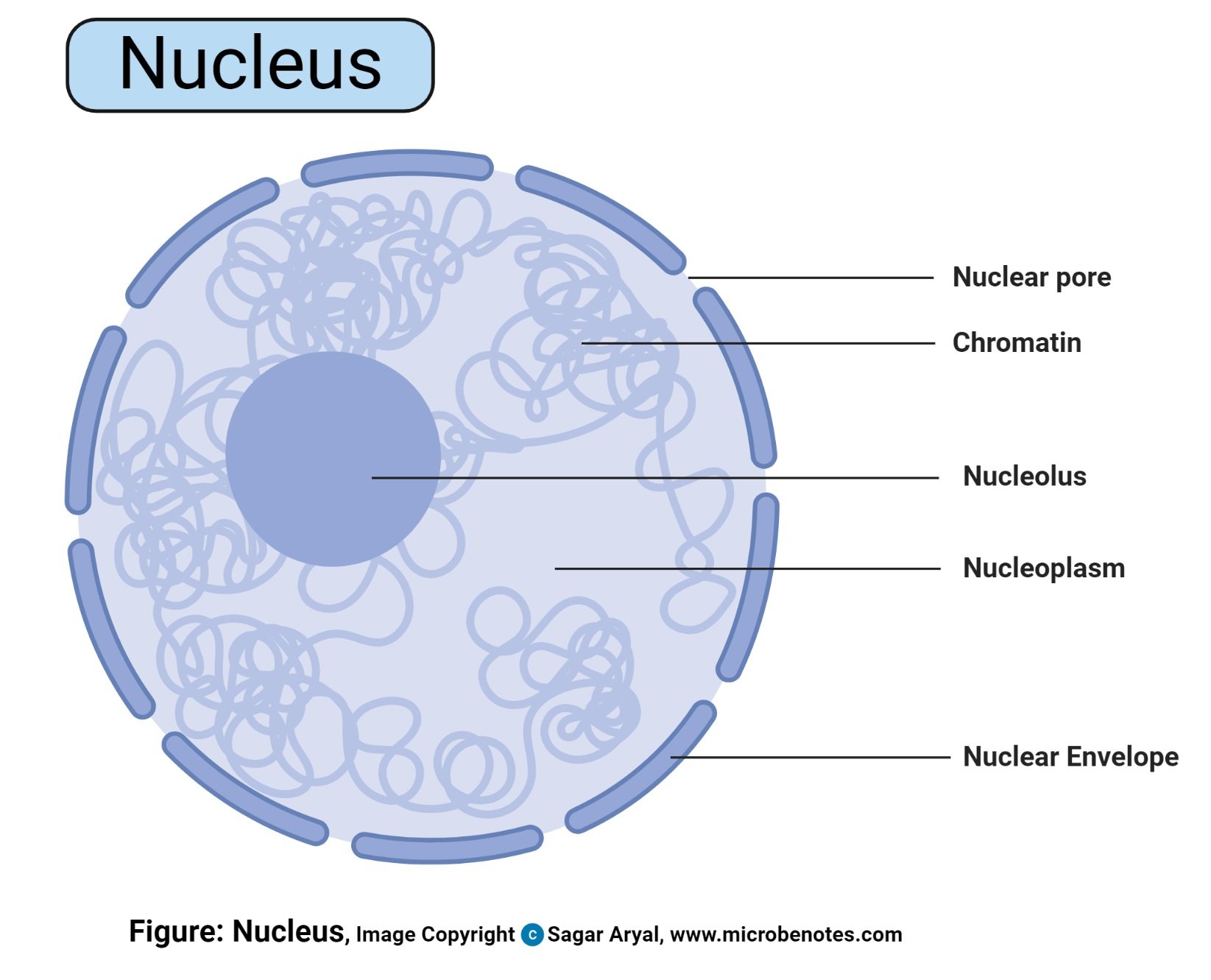Whats Animal Cell : Plant Cell vs Animal Cell - Difference and Comparison - Animal cells are of various sizes and have irregular shapes.
Whats Animal Cell : Plant Cell vs Animal Cell - Difference and Comparison - Animal cells are of various sizes and have irregular shapes.. A comparison of plant and animal cells using labelled diagrams and descriptive explanations. Animal cells are distinct from those of other eukaryotes, most notably plants, as they lack cell walls and chloroplasts. The structural and functional unit of an. It is easier to describe these parts by using diagrams Actually, urochordates (tunicates) produce cellulose.
Animal cells are distinct from those of other eukaryotes, most notably plants, as they lack cell walls and chloroplasts. Answer to original question what is the smallest animal cell? mycoplasma, as some suggested, clearly is not the correct answer, since that is not an animal cell. Animal cells usually have an irregular shape, and plant cells usually have a regular shape. For example, animal cells do not animal cells are mostly round and irregular in shape while plant cells have fixed, rectangular shapes. Atcc animal cells provide taxonomic equivalents resembling human physiology.

Animal cells are an integral part of biomedical research:
Animal cells have no cell walls. It helps in carrying out the functions such as respiration, nutrition, digestion, excretion etc. In a cell culture technique, cells are removed from an animal or a plant and grown subsequently in a favorable environment. Cell membrane, nucleus, nucleolus, nuclear membrane, cytoplasm, endoplasmic reticulum, golgi apparatus, ribosomes, mitochondria, centrioles, cytoskeleton. Animal cells also lack cell walls. The brain or control center of the cell, which directs all the cells activities. The parts of an animal cell have distinct functions. Actually, urochordates (tunicates) produce cellulose. As models for human systems, researchers can use animal. Animal cells are distinct from those of other eukaryotes, most notably plants, as they lack cell walls and chloroplasts. Animal cells are all built to the same basic pattern. Learn here about the different animal cell animal cell n., plural: The animal cell is the basic building unit of animal organisms.
Atcc animal cells provide taxonomic equivalents resembling human physiology. So it is called as the. It is made up of 3 parts; Animal cells also lack cell walls. As models for human systems, researchers can use animal.

With a light microscope you can see several structures inside the cell.
Plant and animal cells have several differences and similarities. Read on to know more. Cell membrane, nucleus, nucleolus, nuclear membrane, cytoplasm, endoplasmic reticulum, golgi apparatus, ribosomes, mitochondria, centrioles, cytoskeleton. It helps in carrying out the functions such as respiration, nutrition, digestion, excretion etc. Cells function differently in unicellular and multicellular organisms. That cells can be of different shapes and sizes. In a cell culture technique, cells are removed from an animal or a plant and grown subsequently in a favorable environment. Animal cells are distinct from those of other eukaryotes, most notably plants, as they lack cell walls and chloroplasts. These in the title animal cell parts and functions, the word part pertains to organelles; Answer to original question what is the smallest animal cell? mycoplasma, as some suggested, clearly is not the correct answer, since that is not an animal cell. It is easier to describe these parts by using diagrams Animal cells are an integral part of biomedical research: These organelles carry out specific functions that are needed for the normal.
Animal cells usually have an irregular shape, and plant cells usually have a regular shape. Smooth endoplasmic reticulum, mitochondria, golgi bodies, lysosomes. Animal cells also lack cell walls. Animal cells are of various sizes and have irregular shapes. What is an animal cell?

The nuclear envelope/nuclear membrane, the chromatin/chromosomes, and the.
These structures are discussed in more. The cell is the basic structural unit of living as the atom is the basic structural unit of the matter. A unicellular organism depends upon just one cell for all of its functions while a. With a light microscope you can see several structures inside the cell. The genetic information is coded for in dna. In a cell culture technique, cells are removed from an animal or a plant and grown subsequently in a favorable environment. Learn here about the different animal cell animal cell n., plural: Animal cells are of various sizes and have irregular shapes. Animal cells also lack cell walls. The parts of an animal cell have distinct functions. It is easier to describe these parts by using diagrams Actually, urochordates (tunicates) produce cellulose. Cell membrane, nucleus, nucleolus, nuclear membrane, cytoplasm, endoplasmic reticulum, golgi apparatus, ribosomes, mitochondria, centrioles, cytoskeleton.
Posting Komentar untuk "Whats Animal Cell : Plant Cell vs Animal Cell - Difference and Comparison - Animal cells are of various sizes and have irregular shapes."